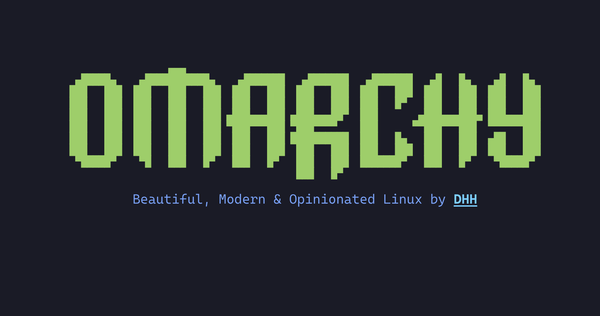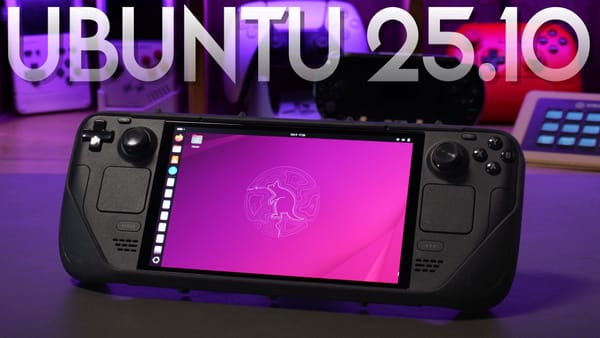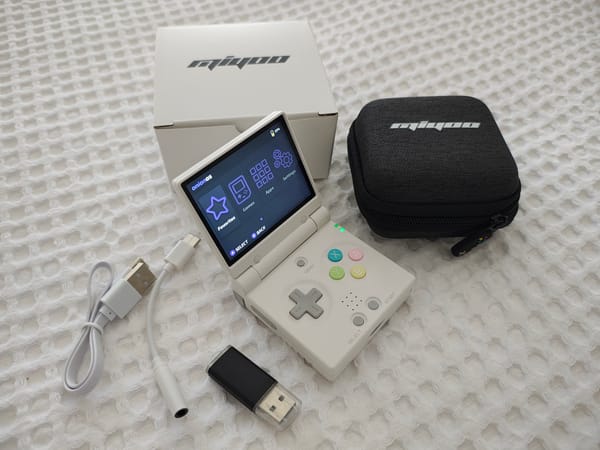You're WRONG About Linux Smartphones

There are a few Linux smartphones on the market now. I have both a PinePhone Manjaro Edition and a Librem 5 sitting here on my desk and – ya know what – I've realized something.
Android phones are to the Librem 5 what iPhones are to PCs.
You might ask what exactly I mean by that SAT question. Well, Android phones are as babyfied and appliance-like when compared to the Librem 5 as iPhones are compared to a good old-fashioned PCs.
I truly believe there's that great a chasm between the supposedly open platform of Android and these other Linux phones.
In fact, I think it is a gross mischaracterization to even call the Librem 5 or the PinePhone running Manjaro "smartphones" in the first place. Smartphones are surveillance appliances that most people willingly drag around with them everywhere they go.
My friend Kyle Rankin has started describing his company's product (Librem 5) as a general purpose computer and I think that's an absolutely fair assessment.
I was having wifi issues with my Librem 5 Evergreen after using the device for a few days. After talking with the folks at Purism, they were like "What's going on in dmesg?"
And I was sitting here – for some reason – thinking "I can't use dmesg on my phone" Because I've literally been freaking brainwashed by locked down, anti-user Android phones to think that your phone is somehow different from your computer.
On my Librem 5, I can install applications using apt. On my PinePhone? Pamac. Why have we settled for Android all these years?
These Linux phones have the full suite of GNU Tools and Libraries, proper desktop environments, package managers... they have complete Linux operating systems. They are basically DESKTOP COMPUTERS everything short of an x86 processor with touchscreen-optimized user interfaces. And you can freakin' DOCK TO YOUR MONITOR with a keyboard and mouse. That is amazing. It's everything I've ever wanted.
If you need to troubleshoot something, many of the online guides for Ubuntu should be of great utility to you on the Librem 5. And the Arch wiki should come in handy for the PinePhone running Manjaro.
And if I'm being honest, the Librem 5 and Manjaro on the PinePhone are different from other "Linux phones" of yore, too. This isn't like the Ubuntu phone where apps had to be more or less ported to the device. And it's not like postmarketOS or anything else.
I downloaded the Cawbird deb file for ARM and installed it with dpkg. It's clearly not implementing responsive design – especially the compose window... but most of its features are entirely usable out of the box. And this is a standard Debian package. Not built for the Librem 5. Just right out of the repo.
And when I saw the Cawbird logo in my Phosh shell, I said "yuck" and edited Cawbird's .desktop file to show the Twitter icon instead. Because Cawbird's default icon is objectively terrible. If you guys need a new logo, I'm here to help! DM me on Twitter! Oh yeah, and I used wget to download the Twitter icon... and I did all that over SSH from my desktop.
You can't do that on Android unless you jump through a ton of hoops.
Sure, the Librem 5 might not have the app ecosystem with stuff like Snapchat. But that's no skin off my back. And I don't think the target demographic is gonna care all that much.
I have Tootsie for Mastodon, I have Cawbird for Twitter, and you can install progressive web apps like Instagram or Tinder which gets sandboxed from your regular browser session data.
I have Firefox ESR installed on here which is the FULL DESKTOP VERSION of FIREFOX, btw... and I can install uBlockOrigin or any other extensions I want and it works great (except for a few non-responsively designed built in pages).
The Librem 5 and the PinePhone with Manjaro are ARM-based desktop computers with touchscreen interfaces and cellular modems. They work as phones, they can text message, they can hop on LTE, and I have been able to dock my Librem 5 to a monitor. Again, I feel like it's a disservice to these devices to just call them "Linux phones" or even "Linux smartphones." Smartphones are for the tech-illiterate masses so they can be spied on by advertisers. The Librem 5 is a true Linux Desktop in your pocket for real Linux users.
So let's talk about all the people in the comments of every video I've done on the Librem 5 say "the hardware is old. 2014 GPU! Only 3GB of RAM" or whatever. These guys are entirely missing the point entirely.
Sure, if the Librem 5 was running Android, it'd be complete crap because Android is the Windows Vista of phone OSes. But it's not running Android. The Librem 5 is running software written SPECIFICALLY FOR THE HARDWARE.
I mean, comments like this a comparing a Nintendo Switch to a brand new PC in terms of specs. Sure, you can do it and certainly neckbeards will try, but does it make sense? No. Because the Switch is a singular hardware spec. Software for the Switch is made for it (in most cases, anyway). Where the PC can be infinite combinations of components and software has to be broad and customizable enough to work with any given subset of hardware configurations.
When I first saw the Librem 5 I had to temper my expectations. The hardware was impressive but the software was very much alpha-stage. I thought they would've been further along than where they were. But more importantly, I honestly thought after seeing the alpha stage software it would take them much longer to get where we are today. I saw the Librem 5 Aspen in October of 2019. A little over a year later we've gone from this to this.
We have GPU acceleration for games, we have hardware accelerated smooth scrolling in both web browsers, video out over USB, and most of the hardware has drivers for it (the glaring issue is the cameras at this point).
Sure, we still have a ways to when it comes to software optimization for both these devices... but there's a reason we put Linux on crappy old notebooks from 2014. It's cause Linux is the performance champion. Less overhead. More optimized.
And since I've had my Librem 5 Evergreen (almost two weeks) there have been two updates for PureOS and speaking with the guys at Purism they think that now that the hardware is done the software development will accelerate.
It's also quite telling that Manjaro on the PinePhone is running Phosh... the DE developed by Purism for the Librem 5.
To summarize, these devices have me excited. Not just about their future, but for what I can do with them right now. They're true Linux devices that I can tweak and hack on – like I did in my early days as a Linux user and I absolutely love that.
But I want to know what you think!







